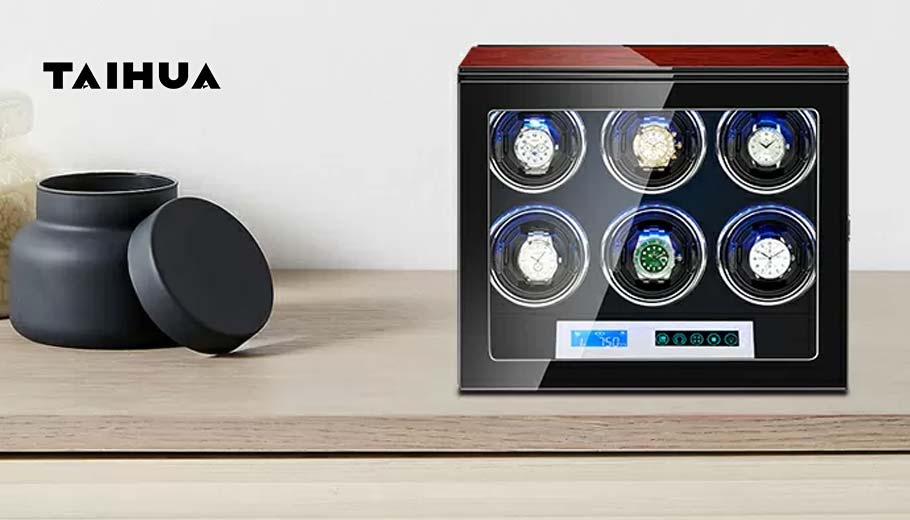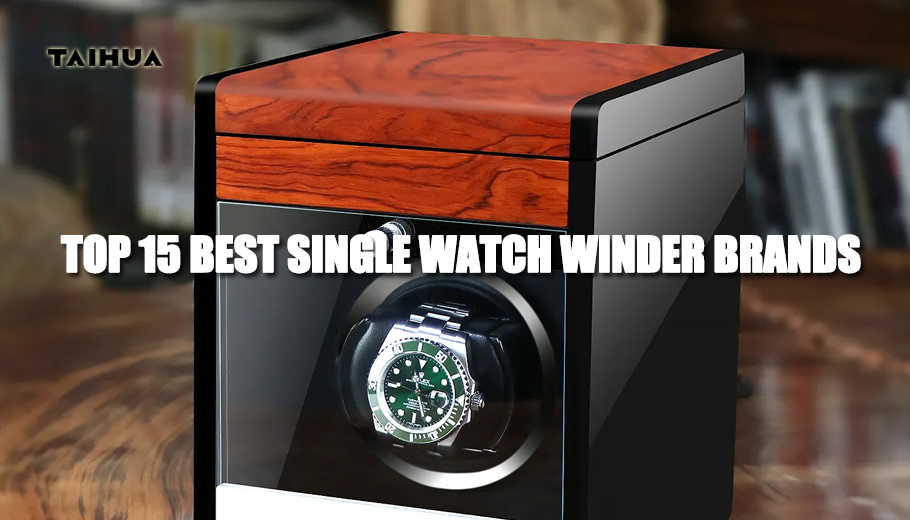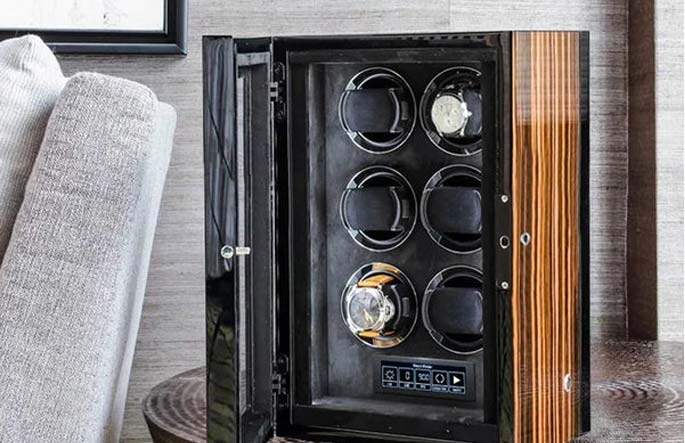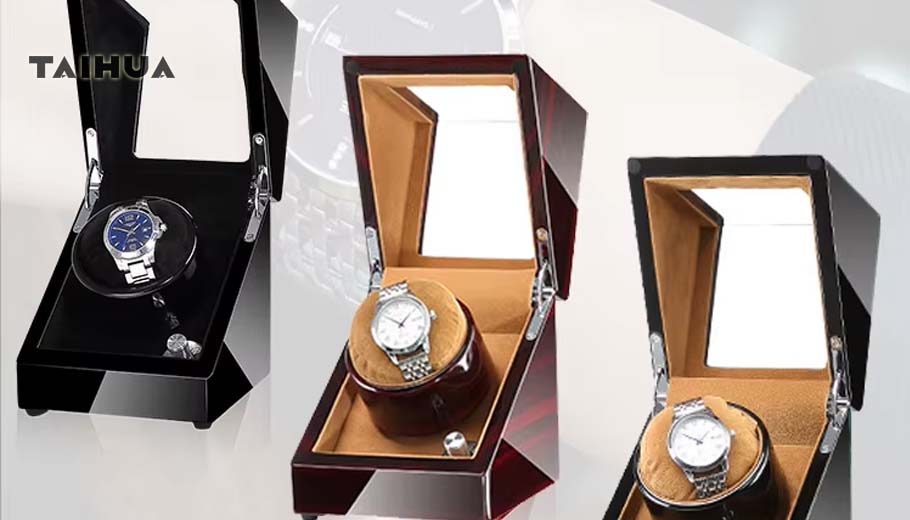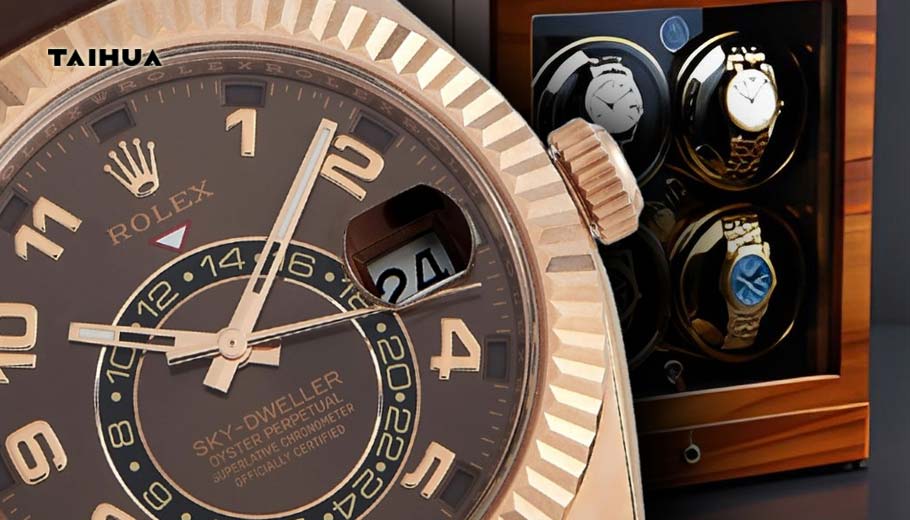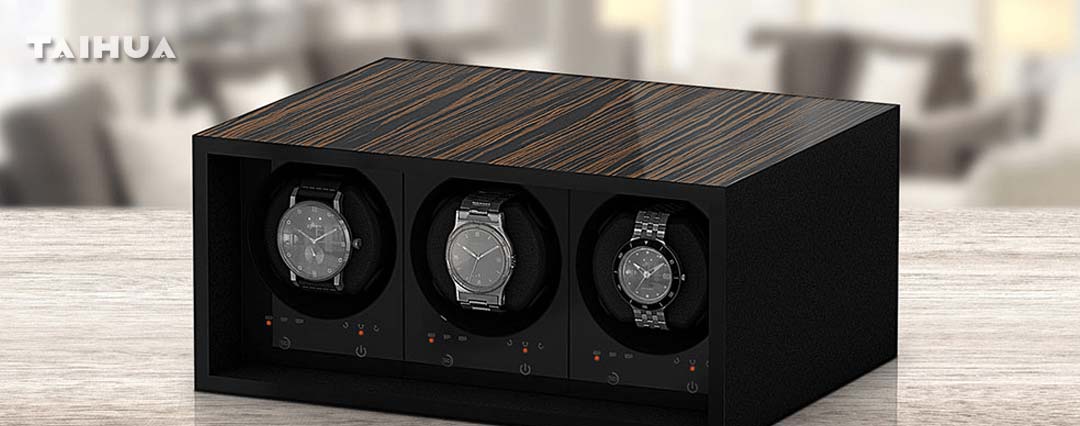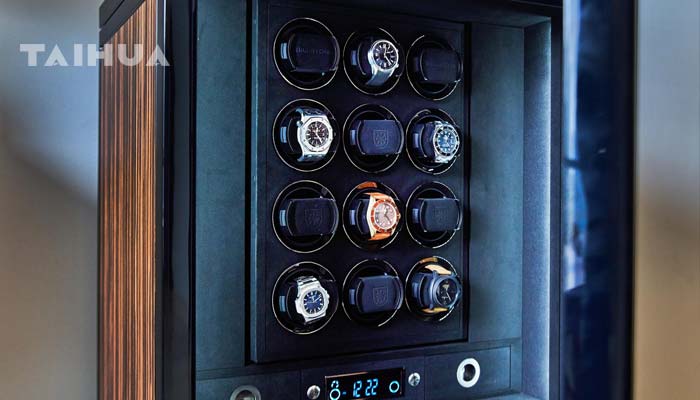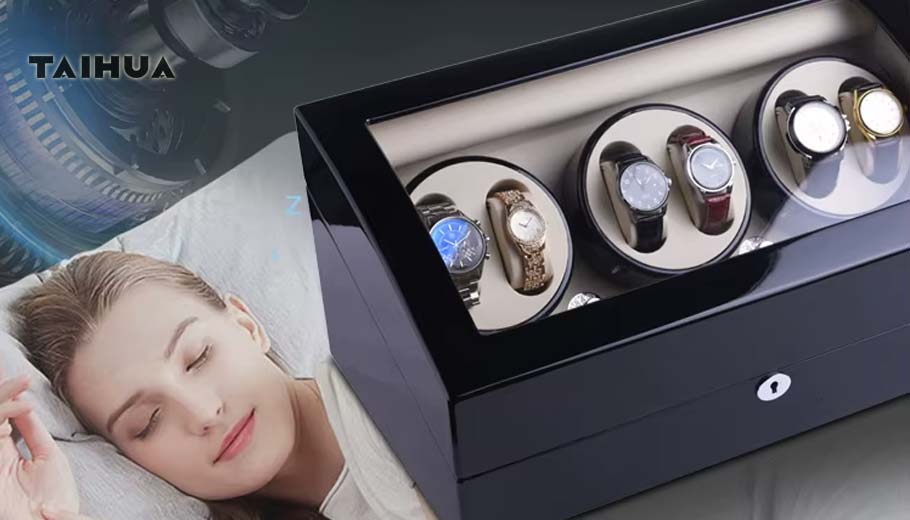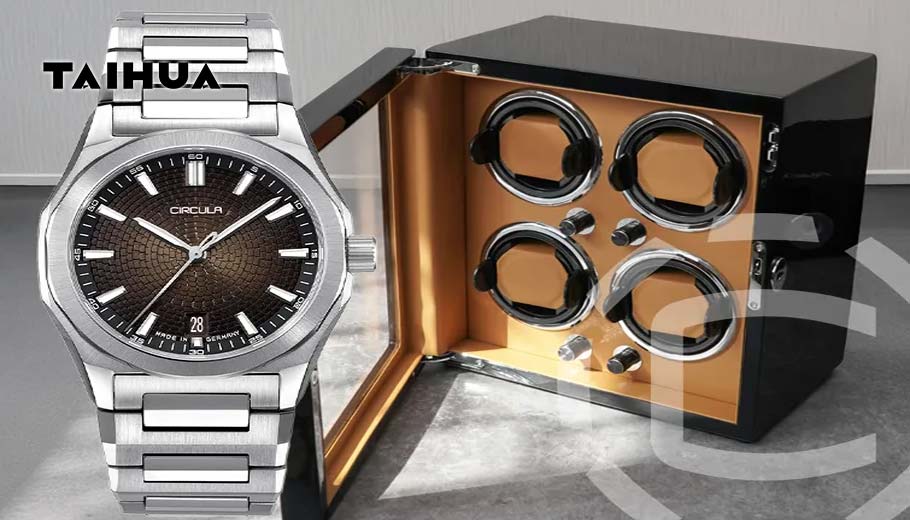1. Understand Your Watch's Movement Type
- Confirm whether your watch is automatic (self-winding) or manual. Watch winders are designed specifically for automatic watches that rely on wrist motion to stay powered. Manual watches typically do not benefit from winders.
- Choose a winder that supports multiple rotation directions: clockwise, counterclockwise, and bidirectional. Different watches require different winding directions; some wind only in one direction while others wind bidirectionally.
- Having a winder with adjustable rotation direction ensures compatibility with various watch brands and models, such as Rolex (usually bidirectional), Breitling (often counterclockwise), and others.
- Look for a winder with customizable rotation settings, including the number of turns per day. Most automatic watches require between 600 and 800 TPD, but some models vary.
- A timer or programmable rotation cycle allows the watch to rest periodically, preventing overwinding and excessive wear on the winding mechanism inside the watch.
- Continuous motion winders may cause more wear; therefore, adjustable settings to mimic natural wrist movement are preferable.
- Opt for a winder made from high-quality materials such as premium woods, carbon fiber, leather, or high-quality acrylic. Good craftsmanship ensures durability, vibration-free operation, and protection for your watch.
- Interior components should have soft linings and scratch-free holders to protect the watch during winding.
- A sturdy build prevents instability, especially for heavier watches.
- Choose a winder with a quiet, reliable motor, ideally Japanese Mabuchi or Swiss-engineered, to avoid noise disturbance and ensure long-term consistent performance.
- The motor should operate smoothly without overheating or wearing out quickly.
- Decide based on your collection size: single-watch winders for one or two watches, or multi-watch winders for collectors with several automatic watches.
- Some winders offer modular expandability to add more slots as your collection grows.
- Consider the style and design that matches your personal taste and environment. Options range from compact, discreet models to showcase winders with glass covers and LED lighting.
- If storing in a safe, a compact, battery-powered winder might be more convenient.
- Look for features like the ability to connect multiple winders to a single power source ("Jump" technology in some brands).
- Some winders include LED lighting for display purposes and secure locking mechanisms if combined with a safe.
To choose the right watch winder, first verify your watch’s winding direction and TPD requirements, then select a winder with adjustable rotation directions and settings to match. Prioritize build quality, quiet and reliable motors, and the capacity that fits your collection size. Finally, consider the design and extra features that suit your lifestyle and space.This approach ensures your automatic watches remain accurately wound, ready to wear, and protected from unnecessary wear and tear.

